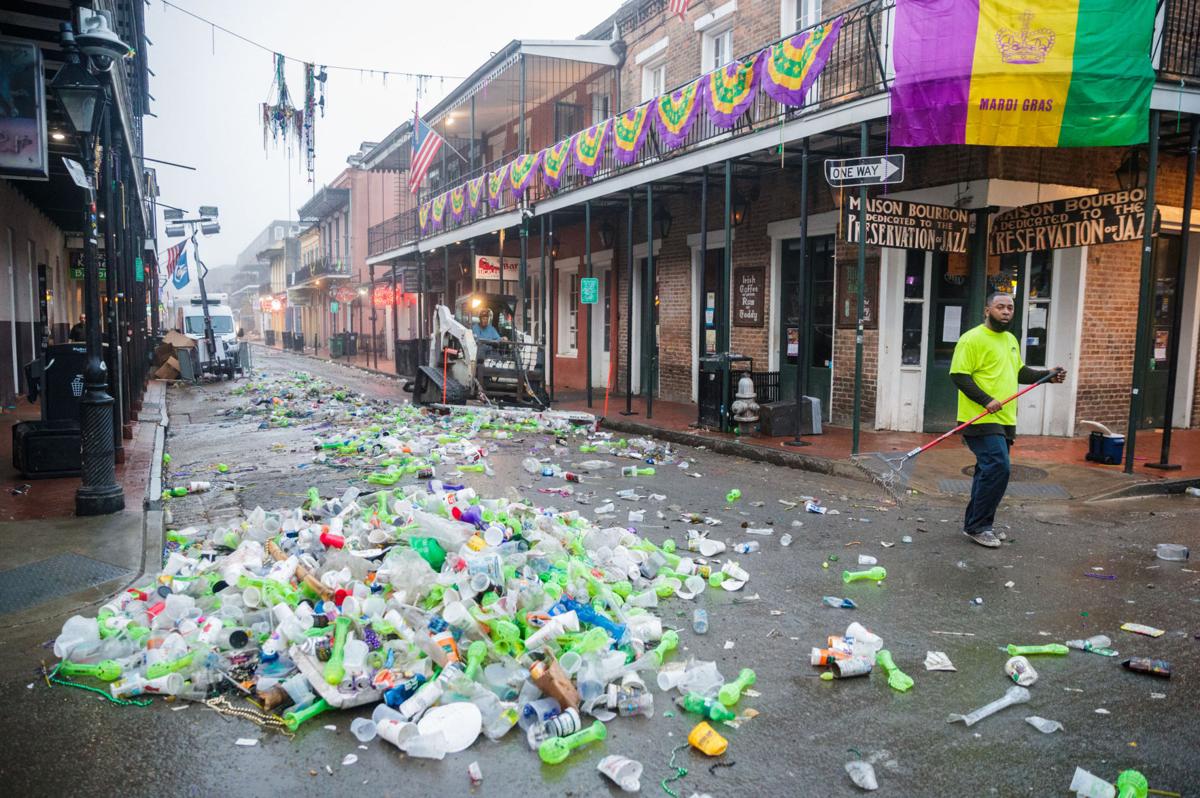“Conventional marketing thinking is increasingly unable to cope with the ecological, social and commercial realities that confront mankind” (Peattie, Ken et al , Sustainability marketing – An innovative conception of marketing). And to cope with these changing realities, we seem to be adopting different more innovative approach – sustainibility marketing.
“In general terms, sustainability marketing involves building and
maintaining sustainable relationships with customers, the social
environment and the natural environment (Belz 2006)” (Peattie, Ken et al).
You may have noticed that I highlighted “social environment” in the definition above. That is because it is my topic of focus today! With my subjec of focus being ‘Nike’. In late 2018, the famous “Dream Crazy” campaign starring Kollin Kaepernick created an uproar (mostly positive) in society. Nike had done something that many big brands are afraid of doing – they took a political stance in their campaign. Supporting Collin Kaepernik consequently meant, fighting for social justice and racial equality, and essentially accepting the “Take a Knee” movement.
Well, 2 days ago , on February 24th 2019, Nike released the second installment of the campaign ,”Dream Crazier” , to the world. This time, focusing on women in sport , the social barriers they face, but despite all, the incredible successes. They highlighted the work and used the narration of the ever incredible Serena Williams to deliver their message. It was powerful, and has touched any audience member that has watched it.
https://www.youtube.com/watch?v=whpJ19RJ4JY
While I love what both campaign installments stand for, and my own values are synonymous. I had to take a critical look at this – is this true “sustainable marketing”? In my opinion, no. We very often mistake sustainable messages for sustainable marketing. The definietion of sustainable marketing includes “Building relationships with the social environment”. Nike’s campaigns sure do start a dialogue, but what is it doing to build relationships and solidify its values in society?
I believe that we should be grassroot level efforts to work with young girls in sport, or youth of colour who are often discriminated against. Building and sponsoring initiatives that help develop the careers within often marginalised subgroups.
These are my thoughts, please let me know if Nike is in fact working on actual acticity-based initiatives. I would love to know!
 (Image from :
(Image from :